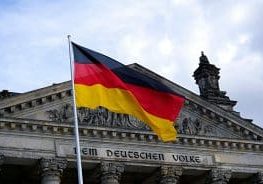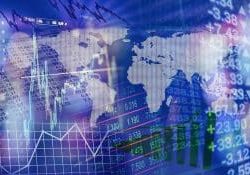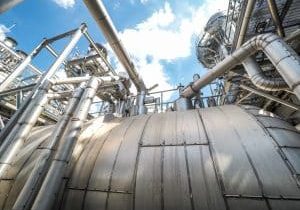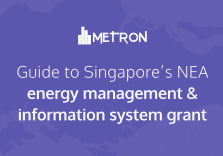Have you ever heard of an Energy Management and Optimization System (EMOS)? And wondered whether it’s different to an ordinary Energy Management System (EMS)? Or considered implementing one to help you with your energy and carbon impact strategy? They are rapidly emerging on the market, but the difference is not always clear. In this article, we’ll look more closely at this big new trend and we will answer the question: What is an EMOS?
Today, energy management and sustainability matters have become transversal topics that affect everyone. For example, at the corporate level this can concern managing the risk of volatile energy supply prices, sustainability regulation compliance and growing reporting needs, and energy consumption reduction while maintaining optimum performance. Because of this, there is a need for one unique technological environment or system that can be used by a whole organization.
A basic EMS is a good starting point, but it is usually not enough for a company to meet all of these demands. It can quickly become overwhelmed. For private and public actors who want to take action and become leaders in this energy transition, a more advanced EMOS can provide valuable support. Above all, an EMOS can deliver a modular and flexible approach for heterogeneous multi-site organizations that need to handle different levels of maturity. That means better and longer-term support.
Let’s start with the basics…
Implementing an EMS is an important first step for actors who want to take control of their energy consumption. An EMS has multiple uses, including basic monitoring and insights, ISO compliance support, and to have a global overview of the main energy consumption sources within a wide multi-site organization. The use of an EMS has advantages for many different actors in a company. In private enterprises, for example, this includes energy managers who are on site, buyers who must consider budgets, and CSR teams who are focused on the decarbonization of their companies.
What more does an EMOS bring?
An EMOS is a full integrated offer. It includes usual EMS features, but they are directly connected to highly advanced optimization capabilities. What makes an EMOS particularly special, is that it offers a global solution that can meet the needs of all the key users in the same semantic environment. In this way, all of these users can align their efforts, monitor results, and share objectives. An EMOS gives users the ability to make concrete actions which are more advanced thanks to its impressive technological capabilities.
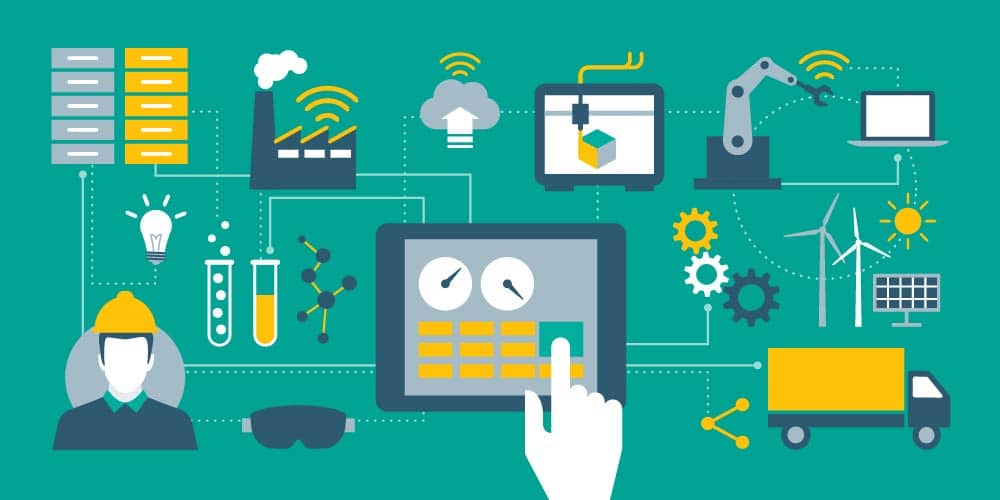
With only an EMS, these users would have to find an additional, separate solution to handle complex and contextualized optimization. This comes with the risk that the new tool doesn't work well with an existing EMS. Efforts might also be wasted on collecting even more unnecessary data as the different solutions wouldn’t be connected. An EMOS solves this problem because everything can be integrated in one unique place. Teams can then more easily benchmark, so that they can act more precisely, while also having a macro view of what they have achieved.
Why is the O in EMOS so important?
In the context of an EMOS, optimization means having the most efficient use of energy, while maintaining the best performance or production. For example, for a food & beverage factory, this would mean maintaining high levels of production at the best quality while using as little energy as possible. Or, for a chain of stores in the tertiary sector, for example, this can mean maintaining the right environment, without wasting energy on unnecessary electricity use, such as lights.
Having access to data science optimization tools can make a huge difference.
Democratization of complex processes and more informed strategic decisions
For example, more advanced optimization tools allow for the live aggregation of data, which means faster reaction time and more complete information. Because an EMOS is more intelligent, it can make deeper analyses to give you more complex insights and recommendations. An EMOS can democratize these complex processes and help teams make more informed strategic decisions. While an EMS is more of a monitoring tool, an EMOS is a decision-making tool, and helps by sharing actionable data to the right teams.
Global decarbonization
More collaborative features allow for vertical and horizontal participation in the decarbonization journey of companies and public collectives. Because an EMOS is an all-inclusive solution, the global vision and access to an EMOS allows for corporate teams to support local teams more easily, share resources and share good practices throughout the whole group.
Continuous support on energy optimization roadmaps
As an EMOS is constantly working autonomously, it can help you constantly address your energy journey because of near real-time updates. An EMOS is also more flexible and future-proof. An EMOS has more evolutions, and all the features can be adapted in relation to your energy and digital maturity. A simple EMS may become out of date very quickly given the need to prioritize CO2 reductions and reliance on new energy sources.
What are some of the key features of an EMOS more specifically?
An EMOS can help industrial and tertiary actors optimize their energy using many tools and services. These are growing and will continue to do so. Current key EMOS features include automated:
- Live data exploration and data analytics to provide informed, data-driven recommendations and global and complex optimization.
- Easy creation of live data science models with no need for coding thanks to the use of visual tools.
- Energy simulations.
- Baseline and forecast model creations.
- Collaborative features that can be used across the company.
- Immediate drift or loss detections.
- Energy consumption and demand predictions.
Key Takeaways
While an EMOS might seem complicated as it can bring a lot of different features and benefits, the main advantages can be summarized quite simply:
- It provides one tool for all.
- With maximum optimization capacities.
- And it is an evolutive solution which will accompany an organization in the long term.
DISCOVER HOW TO LAUNCH YOUR EMOS PROJECT IN THE FOOD & BEVERAGE INDUSTRY >
Do you want to learn more about implementing an Energy Management and Optimization System (EMOS)?


